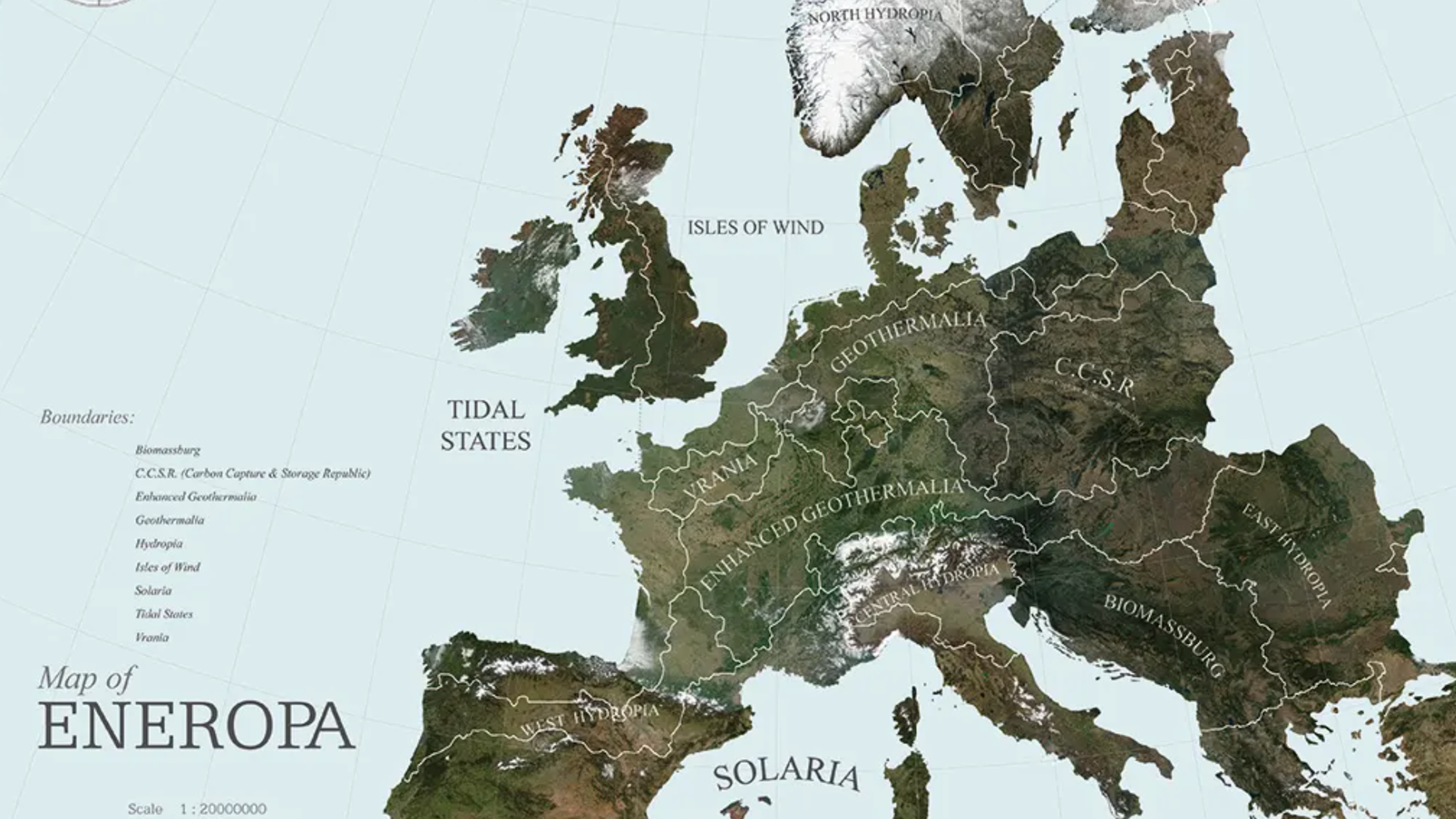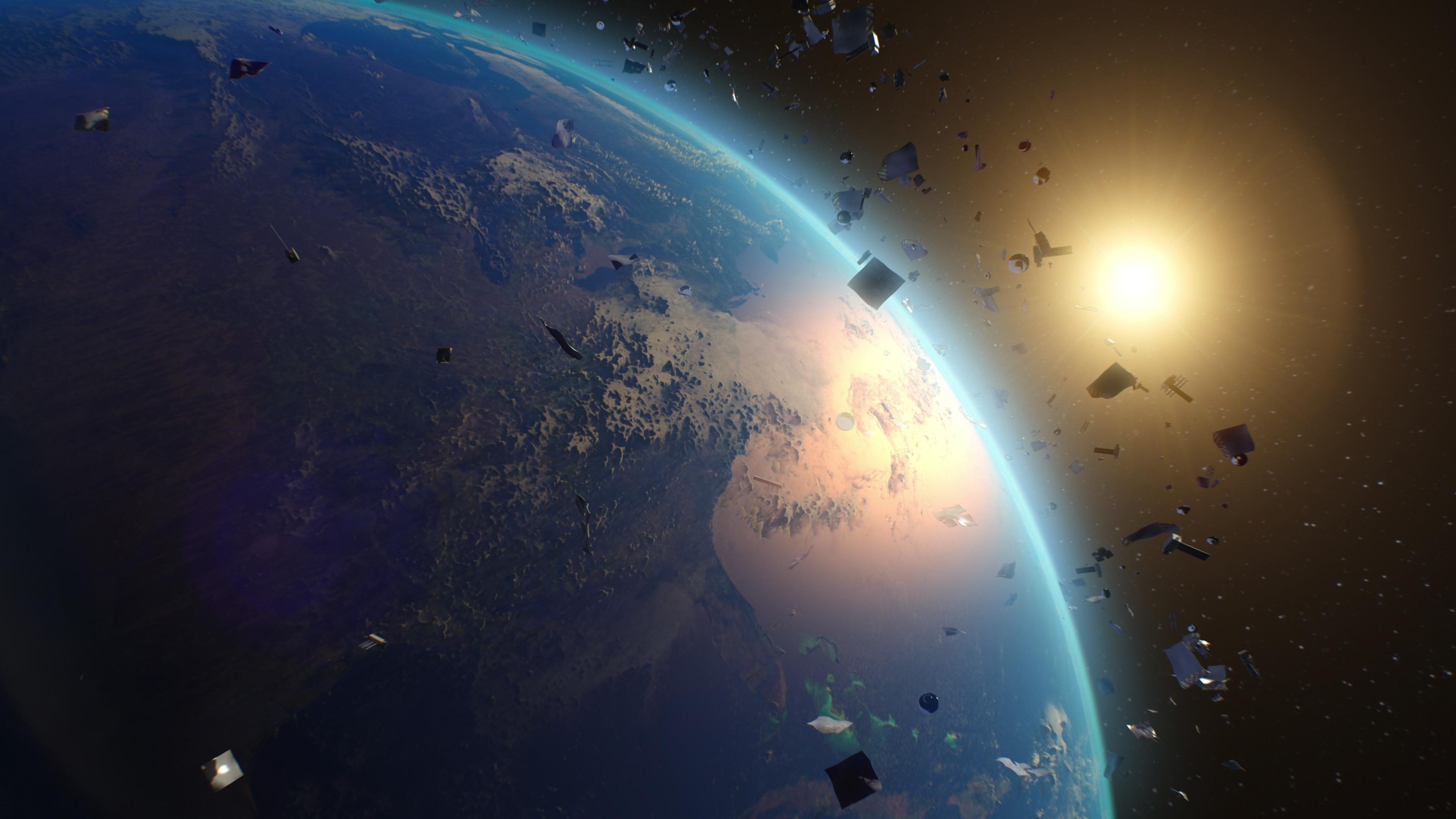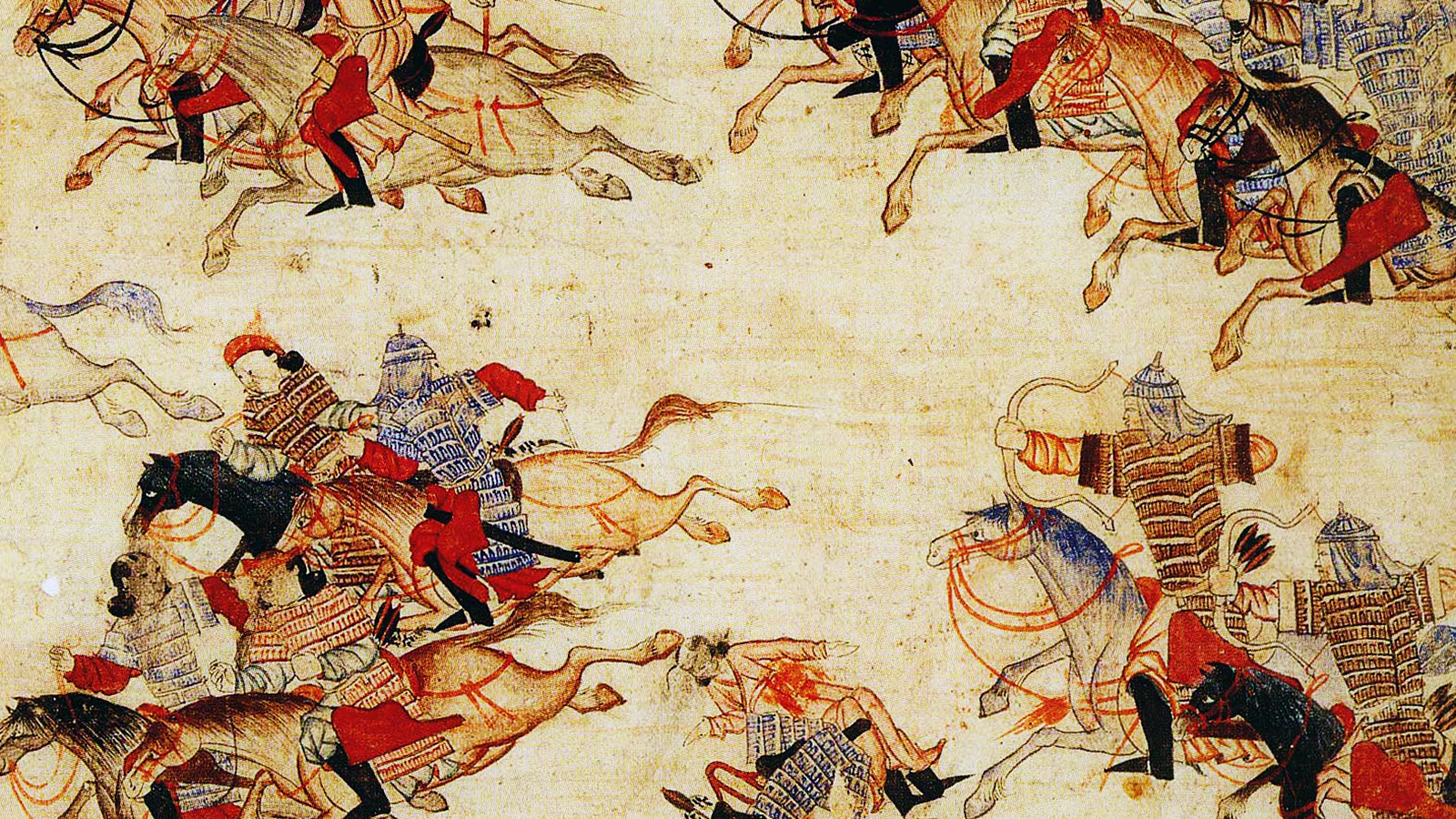416 – Iceland Crushed by Europe

With a society prospering in splendid isolation and a population smaller than one-thousandth of the EU total (1), Iceland until recently had little incentive to be subsumed by the Brussels bureaucracy, an institution judged by many to be like the bus in Speed: racing towards an undesirable outcome, but unable to stop.
Then, in the second half of 2008, the Downturn happened. Iceland was particularly badly hit. The collapse of its three major banks constituted, mutatis mutandis, the worst national banking crisis ever, anywhere (2). Grassroots protests against the Icelandic government’s mishandling of the crisis swelled to something called the Kitchenware Revolution, a reference to the pots and pans being banged. The protesters also hurled snowballs and yoghurt at the parliament building, breaking at least one window. Pretty light-hearted stuff, but by January 2009, the protests turned from anecdotal to properly riotous, with police using tear gas to disperse thousands of protesters – a situation unheard of in the normally placid world of Icelandic politics.
Previous to the Downturn, Icelanders assumed that being in the European Free Trade Association the stability of belonging to a large trade area without imposing on their independence, economic or otherwise. But the banking crisis exposed the vulnerability of the Icelandic economy, especially the volatility of its currency, the krona (ISK). In January 2008, it traded at 90 ISK to the euro. On October 7th, the Icelandic central bank tried to peg the krona to the euro at a rate of 131 to 1, but it plummeted to 340 the next day, and trading was suspended. Opinion polls conducted at the end of 2008 suggested that at least 68% of Icelanders now opted for EU membership, with an even larger majority (over 72%) wanting to adopt the euro.
In January 2009, a euroskeptic government was replaced by a more pro-EU one. The new prime minister Valgerður Sverrisdóttir floated the idea of joining the eurozone but not the EU (3), but a government study considering that option has concluded, in March of 2009, that combining membership of the EU and the eurozone would be the better choice. In mid-July 2009, the Icelandic parliament approved the country’s application for EU membership. The EU has already indicated that Iceland might be able to join as early as 2011, together with Croatia.
Necessity does not imply enthusiasm, however, and Icelanders remain lukewarm europhiles at best – as illustrated by this map, sent in by Icelander Anna Rögnvaldsdóttir. She explains that it is the product of Fiton, an Icelandic ad agency. “Recently, [they] held an in-house poster competition (just for the fun of it, I gather). The challenge: To design a propagandistic poster either in favour of Iceland joining the EU or against.”
This one, clearly in the Against-camp, is the image of a Frankenstein-like monster, composed of European Union member states, about to crush Iceland underfoot. Predictably, one of those feet is Italy, already boot-shaped. The one about to step on Iceland, however, is made up of the UK and the Czech republic, with the latter’s Moravian borderlands within channel-swimming distance of the southern Welsh and western Cornish coast. Crete is jammed into Scotland’s North Sea coast while the rest of Greece balances uneasily atop the Hebrides. Slovakia, Bulgaria and Hungary make up the rest of the EU monster’s right leg.
The left leg is completed by Germany resting on Italy (not that much of a stretch, since normally only a thin sliver of Austria separates the two). Romania, on top of Germany, actually does border Hungary, which is placed right next to it. The core of the European bogeyman is made up of France (fittingly, some might say), while Finland and Denmark are its left arm and Sweden and Belgium its right arm.
Poland could be considered Europe’s left shoulder, but Ireland seems just to be there as filler – and is that Albania just north of the Galway coast? That can’t be right. The head looks scary and non-human, Austria and Slovenia mimicking mandibles straight out of a science fiction movie and Spain’s Galician protrusion representing a brow more prominent than that of the most eminent neanderthal. Atop the whole construction, somewhat forlornly, sits the Netherlands.
What a contrast, this scary composite picture of Europe, to the heart-shaped image of the United States puzzled together in a similar way in #402.
————-
(1) 320,000 Icelanders versus 497 million EU citizens. (2) estimates of the foreign debt held by Landsbanki, Glitnir and Kaupthing are of more than €50 billion, or €160,000 per Icelander. Or almost 6 times Iceland’s gdp (of €8.5 billion). (3) as is currently the case in Montenegro and Kosovo (which previous to the euro had used the Deutschmark) and the Vatican, Monaco and San Marino (which as per agreement are allowed to coin their own euros) and Andorra (which uses the euro by default, having previously used the Spanish peseta and the French franc).





